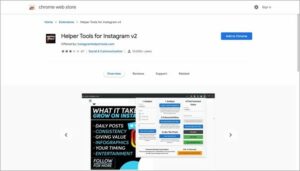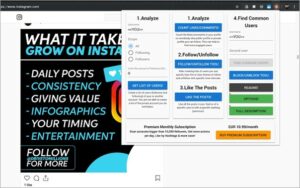Previously, social media websites such as Facebook, Instagram and Twitter were a lot more open, and allowed investigators to use several tools and tricks to automatically check for the links between certain individuals, both direct and indirect through mutual friends. Whilst some of these still exist, many have been removed.
For instance, a few years ago Facebook users were able to use a graph search function to automatically check to see if two users had any shared photographs together, any public comments to each other, and also the exact date on which they became friends. This was removed around two years ago.
The social network did still retain a function with which to automatically check whether two individual users shared any mutual friends on the site. This search required at least one of the users to have a public friends list. This too was recently disabled, meaning that the process to determine whether individuals share any mutual friendships on social media is required to be much more manual and time-consuming.

Fig 1. The now-defunct mutual friendship search on Facebook
On Instagram and Twitter, free online tools still exist with which to check the links between individuals, however our research has found that these can be unreliable. One such tool is ‘Helper Tools for Instagram’, which is a Google Chrome extension.

Fig 2. Helper Tools for Instagram Chrome Extension
Helper Tools for Instagram will allow users to check two separate public accounts for any mutual followers, using the search highlighted below:

Fig 3. Helper Tools for Instagram Chrome Extension in use
However, this automated process is relatively slow and clunky. This is because Instagram has recently taken strong steps to outlaw bot and automation services, and the tool itself is required to pause its searches every few minutes to avoid being flagged by Instagram’s anti-scraping checks. The tool also charges users to search on any accounts that have more than a few hundred followers. Unfortunately, due to the automation issues outlined above, if an investigator was to pay to use the tool to check on accounts with more followers, the process would likely take hours.
At NetWatch we do not utilise free online tools like these because our research into the code base has often revealed that any information entered is being harvested and collated by those making the tools available. This is one of the key reasons we developed our own in-house tools and made them available to other industry professionals.